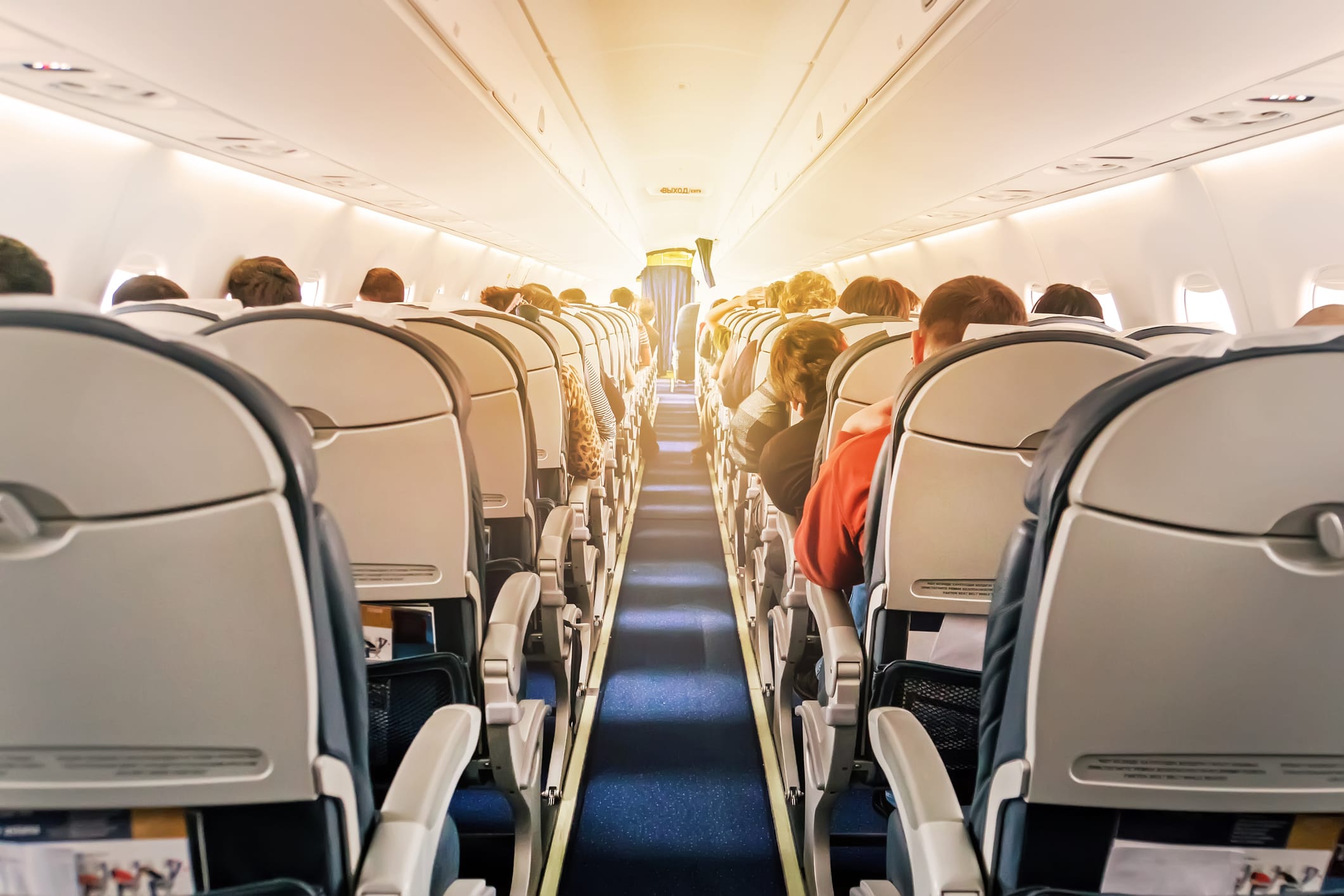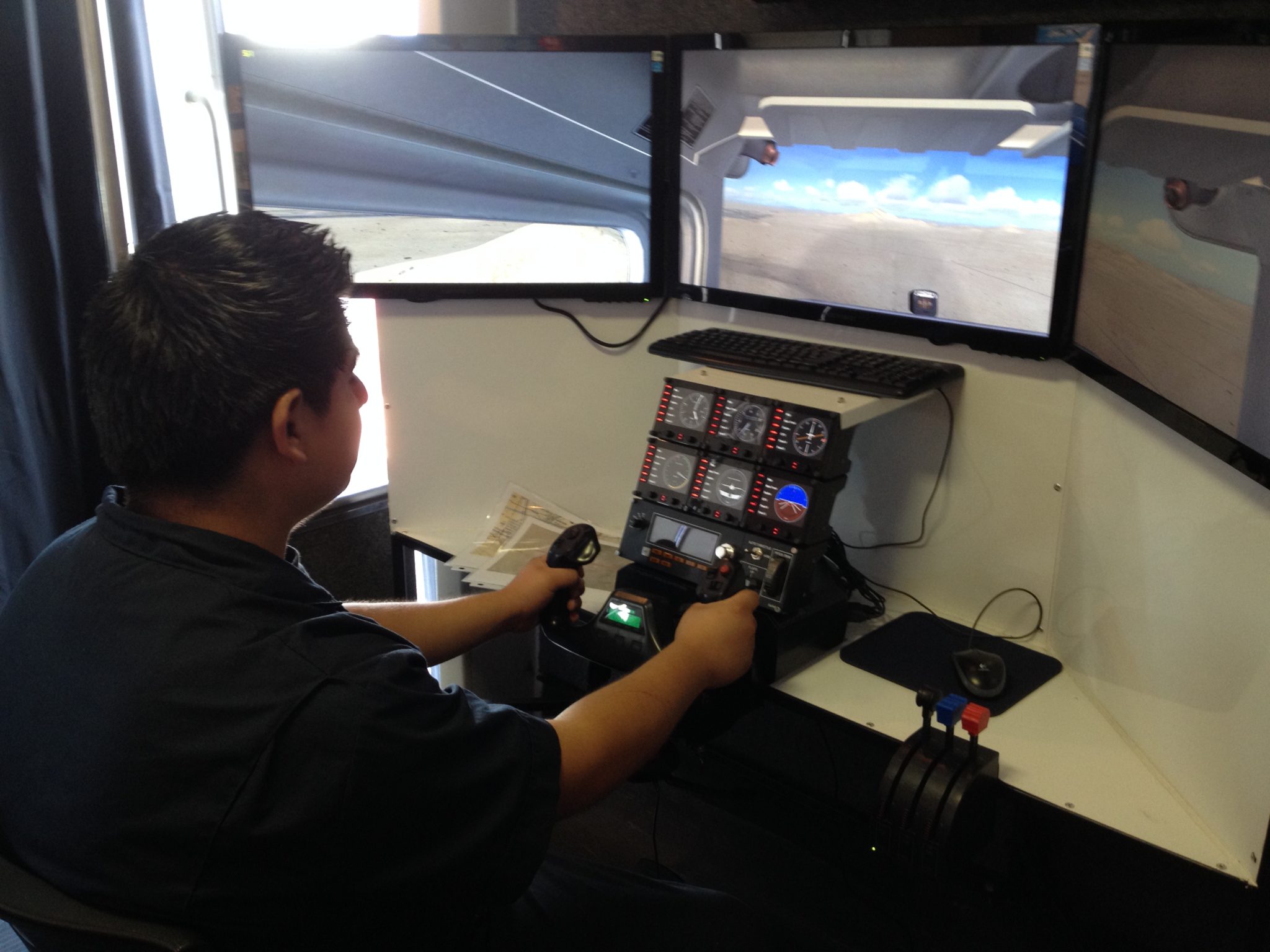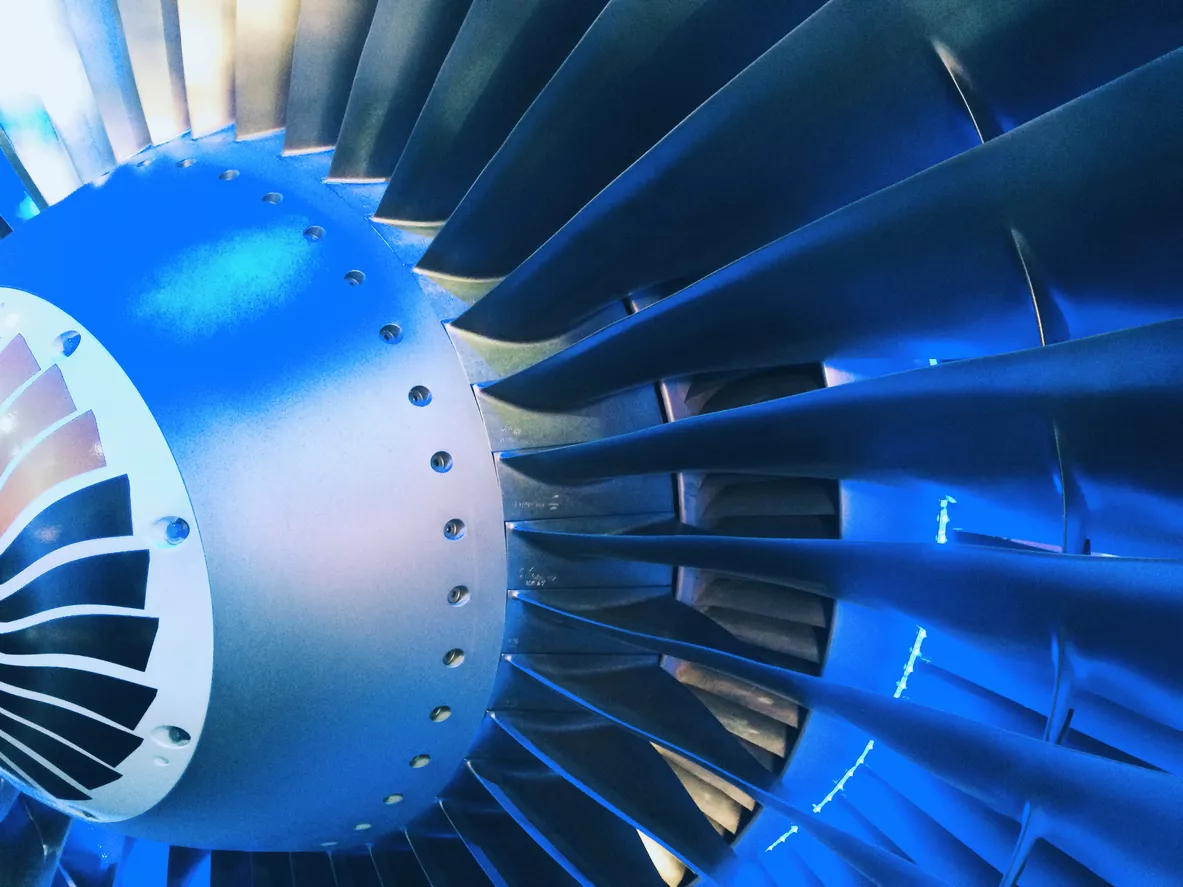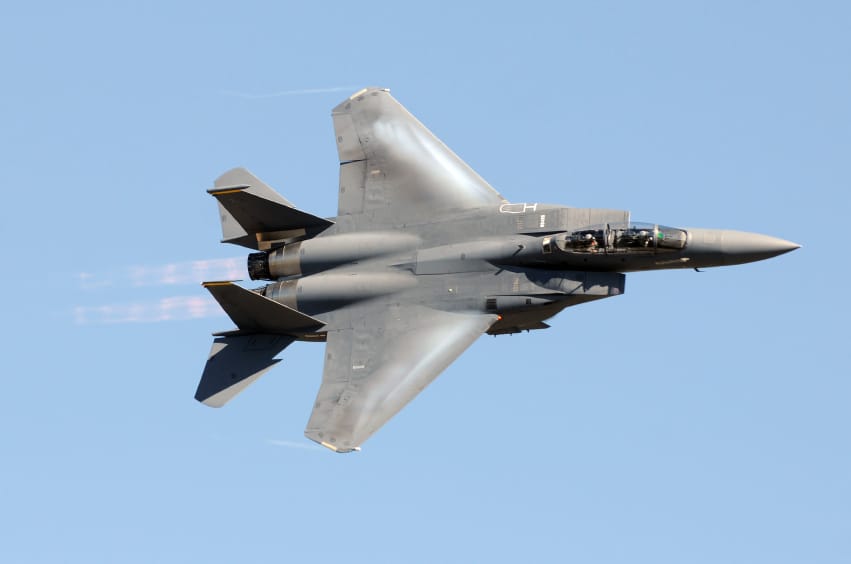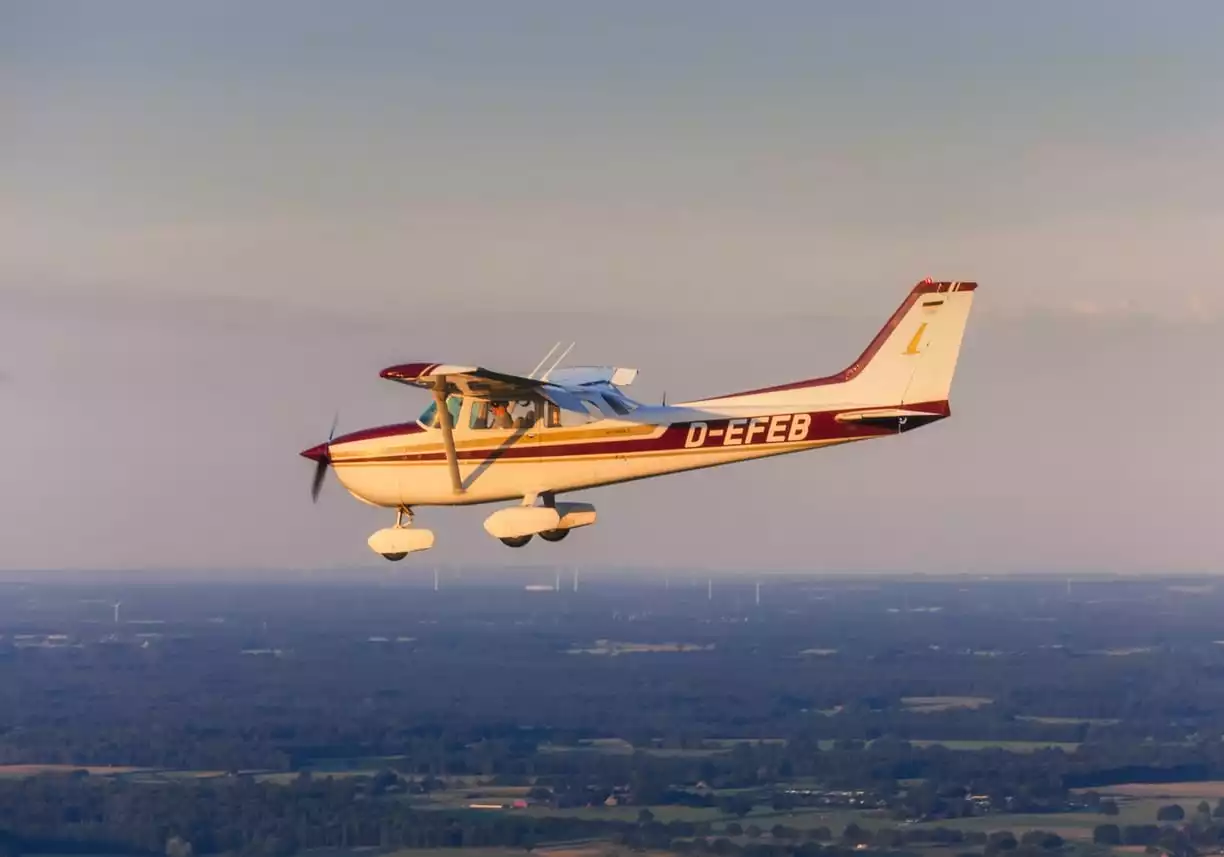“For your comfort, the cabin will be pressurized.” Passengers hear this as part of in-flight announcements as they settle into their seats, but most might not know how this takes place, much less why.
Airplane pressurization seems like a mystery; it’s important for those with this knowledge to have a good understanding of how it works. Even pilots who fly smaller aircraft at lower altitudes should study pressurization issues. Fully comprehending pressurization will help you become a better informed pilot and member of the aviation community.
Atmospheric Realities
The atmosphere surrounding Earth stretches to approximately three hundred miles above sea level. Although it can’t be seen, air has mass. At sea level, air pressure is about 14.7 pounds per square inch. The further away from sea level one ascends, the less air pressure acts on our bodies.
Even while at sea level, one can experience this when ears pop while riding an elevator. In mountainous terrain, people new to the elevation may have difficulty breathing during exertion, or feel dizzy while driving up a mountain.
You may have seen footage or images of fighter pilots or high-altitude jet pilots wearing masks in the cockpit. That’s because they are flying at extremely high altitudes and require oxygen. Atmospheric pressure drops to half of what we experience at about 18,000 feet; here, it’s around 7.3 psi.
This is the point at which human beings require oxygen in order to function—adults will only last about half an hour without it before losing consciousness. It’s also why oxygen masks are waiting in the ceiling for passengers to put on in the event of depressurization.
Human Transport at Higher Altitudes
Since most large passenger jets and turbojets fly between 30,000 and 43,000 feet above sea level, pressurization is required; a person would remain conscious without it for less than a minute, as he or she would be experiencing about 4 psi.
The reason why pilots and airlines are willing to take the small risk of potential depressurization at higher altitudes is that it’s important for pilots to be able to easily avoid tall landmasses– the Rocky Mountains, for example, top out at over 14,000 feet above sea level.
In addition, airlines and pilots want to provide as smooth a ride as possible for their passengers. Violent thunderstorms and air pockets swirl at the lower edges of the atmosphere. Not only does turbulence upset nervous fliers, it endangers flight attendants who may be moving about the cabin, carrying extremely hot beverages.
Turbulence can also, over time, begin to wear on the airframe and control surfaces of an aircraft. It disrupts passengers who might be attempting to sleep or work. In short, it can make for dissatisfied customers, so flying higher for a smoother passenger experience is in the airline’s best interest.
Turbulence aside, flying higher means flying faster. Because the aircraft is experiencing less “resistance” in the thinner middle to upper bands of the atmosphere, it can reach its destination in a shorter time.
This also means that less fuel is necessary and the airplane can carry more passengers and cargo. Cheaper and faster are always goals in the airline industry.
There is also an engineering and physics reason behind flying over 30,000 feet: Airplane engines are designed to work at this altitude. Why? It’s a sweet spot in the atmosphere at which a turbofan engine can work efficiently, yet the occupants of the aircraft do not require additional oxygen outside of cabin pressurization.
Think of lower altitudes as “denser” air; the closer to the ground the airplane is, the more lift and power it needs to overcome the Earth’s airflow and stay aloft.
How Pressurization Works
Pressurized cabins are usually maintained between 11 and 12 psi. The pressurization within an aircraft is what enables the passengers and crew to breathe comfortably and retain consciousness.
Since it’s impossible to fully seal the fuselage of an airplane without even the tiniest of leaks while still providing enough oxygen for every person on board, passenger jets are outfitted with a pressurization system, also known as an environmental control system.
Pressurization systems are designed to continually replace interior air with air from outside the plane. This takes place at the outflow valve or valves, which can be found in the aft section of the airplane.
Outflow valves are mechanized and auto-controlled. In the event cabin pressure needs to be lowered, the outflow valve opens to bleed off air in a controlled manner. To maintain or raise pressure, the valve shuts.
This makes for continually cycling fresh air within the cabin. On some aircraft, the pressure comes from the combustion action of the engines. Each 2-3 minutes as the aircraft cruises along, passengers are breathing completely refreshed air.
The oxygen originates from outside the aircraft. It’s called “bleed air,” and is transferred from the engine’s compressor before it is sent through the combustion sequence. Bleed air is also used to protect the engine and wings from ice buildup in higher altitudes.
Pressurization Myths and Facts
Some erroneously believe that cargo holds in passenger jets are not pressurized, and therefore are reluctant to place their pets in the hold.
However, the entire fuselage of an airplane is pressurized, not only to prevent the crew and passengers from losing consciousness, but to maintain an efficient aircraft. The only aircraft which fly without pressurization systems are specialized military jets.
Rarely, sudden depressurization takes place within the fuselage. This is sometimes called “explosive decompression.” In the movies, depressurization means that people and objects are suddenly sucked out of the aircraft.
However, the reality is that the crew and passengers are in much more danger of hypothermia and hypoxia in the event of depressurization (though neither of these things are common).
You may have heard that the air inside airplanes is “dry” and “stale.” While the pressurization system does create a low-humidity environment, it is consistently replaced within the cabin. Due to the arid nature of the cabin oxygen, it’s a good idea to drink plenty of water during a flight.
Ready to soar in your aviation career?
Mr. Matthew A. Johnston has over 23 years of experience serving various roles in education and is currently serving as the President of California Aeronautical University. He maintains memberships and is a supporting participant with several aviation promoting and advocacy associations including University Aviation Association (UAA), Regional Airline Association (RAA), AOPA, NBAA, and EAA with the Young Eagles program. He is proud of his collaboration with airlines, aviation businesses and individual aviation professionals who are working with him to develop California Aeronautical University as a leader in educating aviation professionals.
